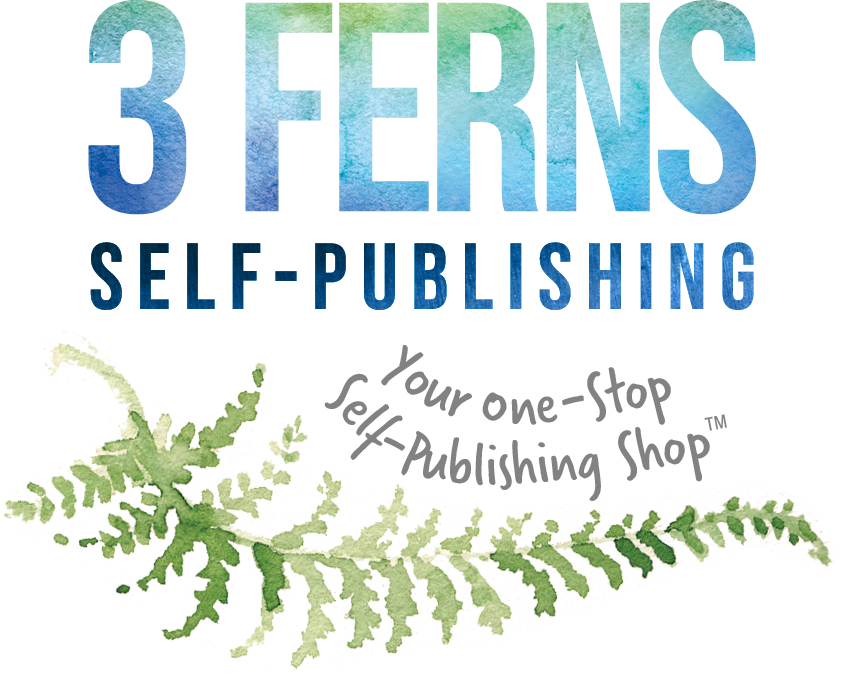We all know that we would never buy something we didn’t trust. The same goes for when you start selling your book.
As an author, you know how crucial credibility is to your book’s success. Readers want to trust the content they’re investing in, whether it’s to gain knowledge, insight, or entertainment. More than making sure your book is valuable, you also need to make sure that it’s credible.
Sure, you wrote it, and you’re an expert in your field—but how will anyone else know that? Do you take every claim at face value?
That’s where testimonials and case studies come in. These two tools can elevate your book’s standing in your readers’ eyes. Let’s explore how they can enhance credibility and when to use each to your advantage.
Turning praise into testimonials
Simply put, testimonials are personal endorsements from people who have experienced the value of your work. They’re the praises you receive from satisfied readers who found your book helpful, informative, or even life-changing. Testimonials are like mini-reviews that pack a punch by highlighting the best aspects of your content.
Types of testimonials
- Written Testimonials: The most common type, typically featured in books, websites, or social media. These are short, impactful quotes that summarize why your readers loved your book. Every time someone sends you a DM of their experience, there’s your testimonial!
- Video Testimonials: More dynamic, video testimonials allow readers to see and hear genuine excitement from others who have benefited from your work. The added visual and emotional element can be particularly persuasive.
- Endorsements: These come from experts, influencers, or notable figures in your field. Having them on your side can majorly impact your book sales, as their influence can sway potential readers in your favor (Note: Sometimes you may have to pay for these but organic endorsements are best).
Why they matter
Testimonials act as trust signals. In a world where new authors and books are emerging daily, having testimonials is a form of social proof.
They communicate to prospective readers, “Others have read this book and loved it—so will you.”
Case studies: The full story behind the success
If testimonials are stills, case studies are the full-length features. A case study tells the detailed story of how your book made a tangible difference in someone’s life or work. With a case study, you get the beginning, middle, and end.
It delves into a specific instance where your book’s knowledge was applied and highlights the journey from problem to solution.
Anatomy of a case study
- The Challenge: What was the problem or need that the reader faced before discovering you and your book?
- The Solution: How did your book provide the tools or information to address that challenge?
- The Results: What were the measurable or significant outcomes that followed?
Case studies go beyond a quick endorsement. They have real-world applications and concrete results. If your book addresses a specific industry or problem, a well-written case study can serve as hard evidence that your content delivers results.
It’s best for people who are seriously considering buying your book because they can get really invested. Think of it as the final push.
Testimonials vs. case studies: when to use each
Both testimonials and case studies build credibility, but they do so in different ways.
Understanding these differences can help you decide which to use based on your marketing style, target audience, and what works best for your book or services.
Take a look at the chart below for a quick overview of how they differ and when each might be most effective.
| Aspect | Testimonials | Case Studies |
| Format | Short and emotional; works well for quickly building trust. | Longer and detailed; provides a comprehensive narrative. |
| Emotional Approach v Factual Approach | Focuses on emotional appeal; taps into satisfaction, excitement, and inspiration. | Focuses on factual detail; demonstrates real-world results and solutions. |
| Decision-Making Process | Ideal for early-stage potential readers exploring options. | Ideal for readers closer to making a purchase or commitment; provides data-driven proof. |
Strike while it’s hot: Gathering the best testimonials and case studies
The key to gathering compelling testimonials and case studies is timing and approach. Here are a few tips to make the process smoother:
- Ask at the right moment: Request testimonials or case studies shortly after a reader has finished your book and experienced its benefits. This is when the impact is fresh and they are more likely to provide detailed feedback.
- Make it easy: Provide a simple structure or questionnaire for your readers to follow. Whether it’s a few targeted questions or a fill-in-the-blank format, making it easy encourages participation.
- Be specific: Encourage readers to share particular aspects of your book that made a difference for them. General comments are good, but specific details about what worked well add depth and authenticity.
The art of display: Putting testimonials and case studies to work
Once you’ve collected these invaluable pieces of feedback, you need to know where to put them. Grab your reader’s attention without making your book like a billboard– it’s a fine line.
- At the beginning of your book: Start with glowing testimonials to capture readers’ attention right from the introduction. A few powerful quotes can build immediate trust and pique interest.
- Case Study sections: For non-fiction books or books that offer practical advice, consider including a dedicated case study section. Readers love to see how others apply the content they are learning.
- On your website or social media: Don’t limit testimonials and case studies to just your book. Use them on your author website, social media profiles, and marketing materials to build credibility across all platforms.
Let your readers speak: Cementing authority with testimonials and case studies
Everywhere you look, you’re surrounded by testimonials and case studies promoting products and services. If you start paying attention, you’ll notice them everywhere.
That’s just the way the world works—so why not make it work for you, too?
The key is ensuring your testimonials and case studies feel authentic, not forced. Building your book’s credibility becomes easier when you’re confident in the value you provide. It all comes down to knowing yourself, your author brand, and the unique value you bring. When you gather testimonials that reflect genuine reader satisfaction and create case studies that prove real, tangible results, you’ll establish a solid foundation of trust with your audience.


